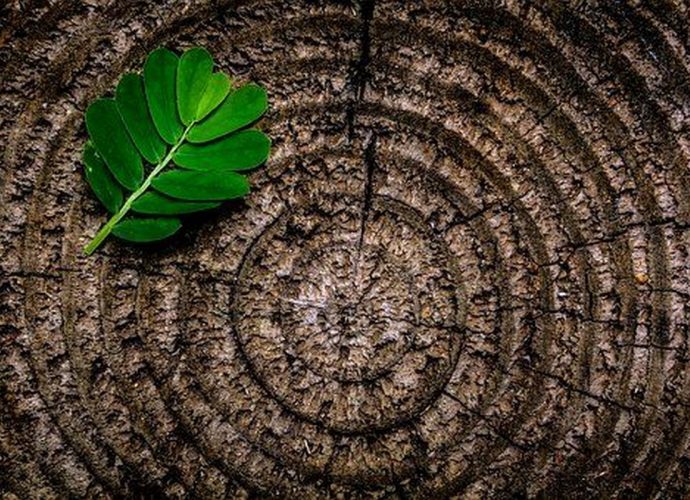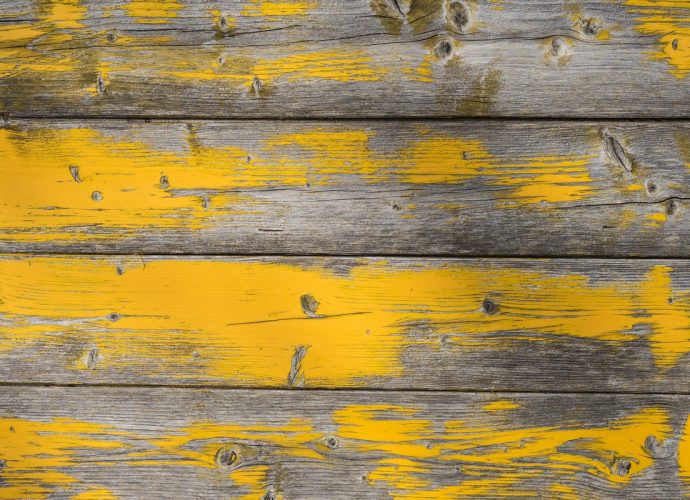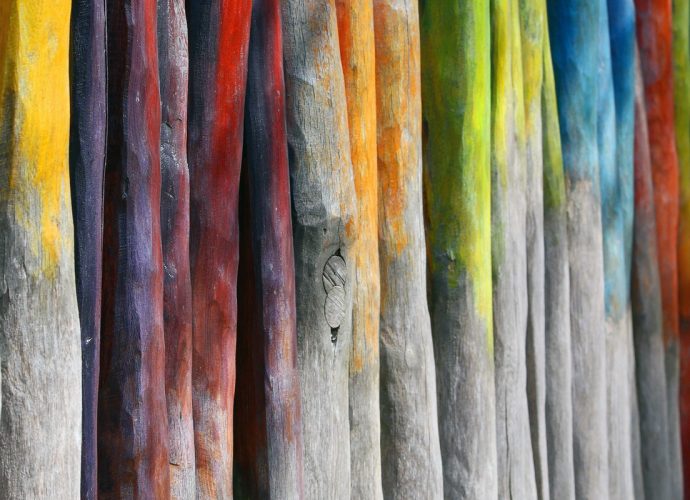How Poisonous Is Snowberry?
The berries on the bush remain on the branches for almost the entire winter serving as an important source of food for: quails, grouse, pheasants, and bears. Rabbits and mice eat the stem of Snowberry bushes; while elk and white-tailed deer feed on the leaves of Snowberry. What flower areRead More →









